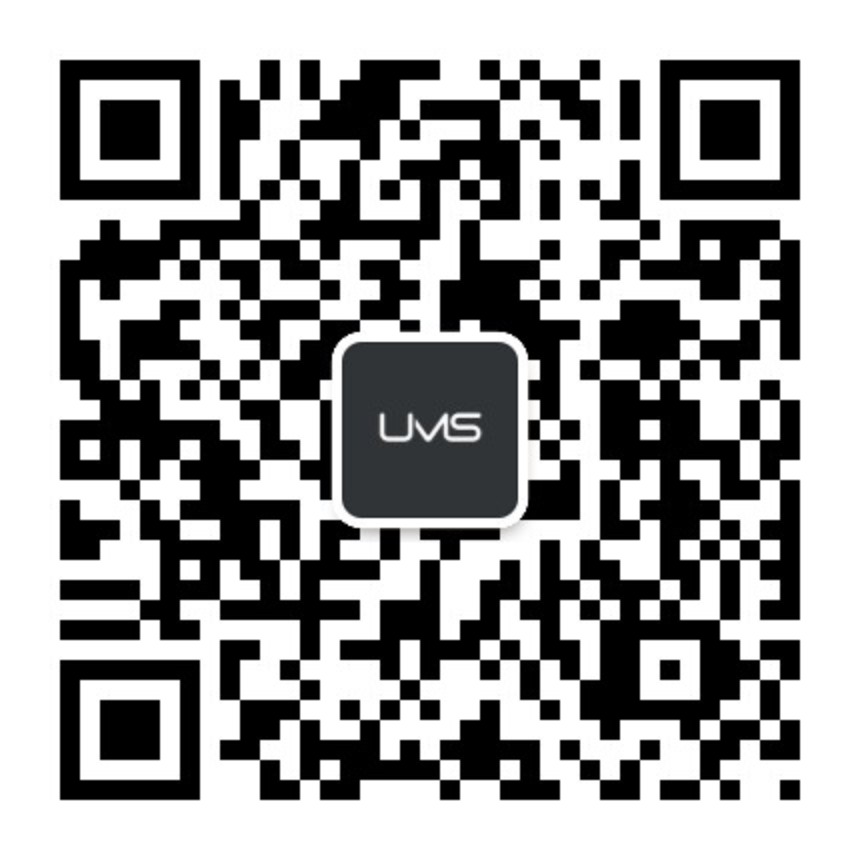
You’ve no doubt heard of Singles Day, otherwise known as 11.11 the online shopping extravaganza is one of the biggest sales events in the Chinese calendar. Not only does the event break sales records each year in China, it also eclipses all other sales events globally, including the US Black Friday and Cyber Monday shopping events.
However, while 11.11 is the top performer, there are a number of major sales events throughout the year which rival the main event and also provide brands with more opportunities to connect with Chinese consumers.
Following hot on the heels of rival Alibaba and Singles Day, is e-commerce giant JD.com and its major sales event 6.18. The sale, which initially began as an anniversary sale for the retail company on June 18, has morphed into a major shopping festival.
Last year the 18-day shopping event made a total of RMB 159.2 billion ($24.7bn) in sales, a record high for the company which saw it gain ground on Alibaba which reported RMB 168.2 billion ($25.3bn) at its 2017 11.11 festival. The pressure will be on JD.com to outperform its record sales last year after Alibaba’s 2018 11.11 event made more than RMB 213.5 billion (around $30bn).
As June approaches how can brands make the most of JD.com’s festival to engage with Chinese consumers?
1. Embrace the technology
Much like Alibaba’s ‘new retail’ technology, JD.com uses what it calls “boundaryless retail’, which aims to blend the experience of online and offline shopping to create one experience. Opportunities for brands to use this technology include activating location-based services (LBS) near bricks and mortar stores to notify customers about sales, deals and coupons, which can be used instore to receive JD deals offline.
2. Embed content into the store experience
In a further enhancement of its “boundaryless retail” offering, JD stores feature digital screens which showcase the origins of the brand and specific product you wish to purchase. By scanning the QR code, customers can learn more about the product, where it was made or imported from, the materials used and even showcase the product in use, such as clothing being modelled on runways. There is also an opportunity for brands to utilise this technology to create specific content to engage with shoppers and help ensure a sale.

3. Combine content and advertising
With so many brands fighting for consumer attention around these events, savvy brands create entertaining content and combine with advertising activity to ensure they engage consumers. Tissue brand Vinda partnered with KOL Jiang Xin to create a live broadcast, which attracted 4.08 million viewers. The content mixed entertainment with education as Xin shared product information and practical tips and the activity was supported by advertising across JD.com platforms and traditional platforms including outdoor advertising on bus stops, airports and subways. The activity resulted in sales of more than RMB 100 million – a 63% increase year-on-year, and the brand topped its category.
4. Engage KOLs with the platform
There is no denying the power of KOLs to help boost sales of a brand or product and when these spokespersons are used effectively, they can be powerful motivation for consumers. Last year electronics brand TCL engaged its spokespeople footballer Neymar and Chinese star Ma Tianyu for a World Cup related campaign. Through a series of interactive marketing events, Tianyu helped to generate awareness of the TCL brand and bolster its popularity among an audience that may not have otherwise paid much attention to football related content. TCL’s sales during JD.com’s 618 Festival exceeded RMB 1.65 billion.














